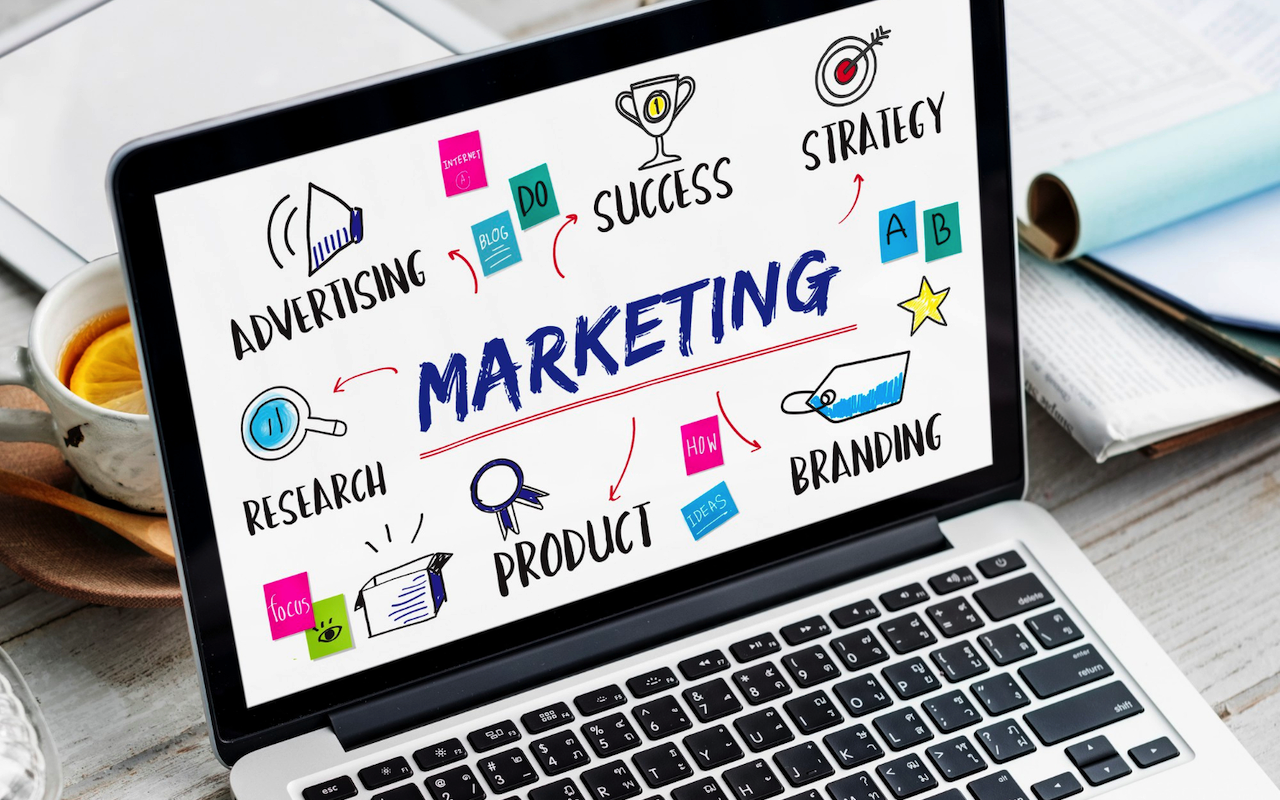
In the dynamic world of marketing, the difference between outbound and inbound strategies is becoming increasingly important for businesses looking to thrive. The difference between outbound and inbound marketing is a strategic response to changing consumer preferences and a digital age in which making meaningful connections with audiences is key to long-term success.
Inbound Marketing: Modern Strategies
Inbound marketing represents a shift to a new way for companies to interact with their audiences. It focuses on creating valuable, relevant content that engages people who are actively seeking information or solutions, often through business blogs, tutorials, social media, SEO, and interactive content. It's a strategy for engaging customers through content and interactions that are relevant and useful. In short, inbound marketing is about making meaningful connections and solving problems for potential customers.
Content Marketing
The cornerstone of inbound marketing is content marketing, which involves creating and distributing valuable content to attract and engage your target audience. This method is effective in building authority and trust. For example, avoiding common business blogging mistakes can greatly improve the effectiveness of inbound marketing efforts.
SEO and Blogging
SEO and blogging are critical components of inbound marketing. Through search engine optimization, companies increase their visibility and attract a more qualified audience. Blogging allows you to create a narrative and a platform for sharing opinions, tips, and information that resonates with your target audience.
Pros and Cons of Inbound Marketing
Inbound marketing can be a powerful tool for attracting and engaging customers, but like any other strategy, it has its advantages and disadvantages. Here we'll look at the pros and cons to help you decide if it's right for your business:
Pros of Inbound Marketing
- Cost-Effectiveness: Over time, inbound marketing is often more cost-effective than traditional outbound methods.
- Targeted Audience: It attracts an audience that is already interested or searching for relevant information or solutions.
Cons of Inbound Marketing
- Time and effort: Developing an inbound marketing strategy requires significant time and sustained effort.
- Skill requirements: Effective execution requires a range of skills, including content creation, SEO, and social media management.
Outbound Marketing: Traditional Strategies
Outbound marketing, synonymous with traditional marketing techniques, is defined by a proactive approach to reaching potential customers. This method involves distributing marketing messages to a wide audience, often without prior targeting and segmentation. It is based on the principle of attracting potential customers through digital marketing or traditional means rather than organic engagement.
While inbound marketing aims to attract customers through valuable content, outbound marketing aims to directly reach out to potential customers and generate immediate interest. Here are some common types of outbound marketing:
Outbound Marketing Tactics
Traditional outbound tactics such as television and radio commercials, print ads, billboards, and direct mail are designed to interrupt and capture the audience's attention. These methods are less about engagement and more about spreading the message to as many people as possible, often regardless of their interest or the relevance of the product.
Cold Calling and Telemarketing
Cold calling and telemarketing remain staples of outbound marketing. These tactics involve direct interaction with potential customers, often unsolicited, to offer products or services. This direct approach can yield immediate results, but often at the cost of decreased engagement and potential customer pushback.
Pros and Cons of Outbound Marketing
Outbound marketing can be a powerful tool for reaching a wide audience and getting leads quickly, but it has its advantages and disadvantages. By weighing them carefully, you can decide if this strategy is right for your business.
Pros of Outbound Marketing
- Instant reach: Outbound marketing allows you to spread information quickly to a wide audience.
- Brand Awareness: This tactic is effective for building brand awareness on a large scale.
Cons of Outbound Marketing
- Intrusive: Many customers find these methods intrusive, leading to negative brand perceptions.
- Cost: Traditional media channels used in outbound marketing can be expensive, especially for small businesses.
The Difference Between Inbound and Outbound Marketing
The distinction between inbound and outbound marketing is at the heart of modern marketing strategies. Understanding these differences is critical for companies to effectively adapt their approach.
How Outbound and Inbound Differ
This following illustrates the fundamental differences between the two approaches, emphasizing how each can be used to achieve different marketing objectives.
In-Depth Comparison
Outbound marketing is commercials and ads that come to you without you actively searching for them. Inbound marketing is creating content that people actively seek out because it matches their interests or solves their problems. Essentially, outbound marketing is about throwing information out to a wide audience and hoping something sticks, while inbound marketing is about creating content that attracts people who are already interested in what you have to offer.
“No company in its right mind tries to sell to everyone.”
This strategic idea emphasizes the importance of targeted marketing efforts, recognizing the need for businesses to focus on specific audiences.
Finding the Right Approach for Your Business
Choosing the right marketing strategy involves a comprehensive understanding of your business' unique needs, goals, and the market in which your business operates.
Understand Your Audience
The first step is a deep understanding of your audience. Are they more willing to respond to direct advertising, or do they prefer to find information organically? Understanding their behavior, preferences, and where they spend their time is critical to choosing between inbound and outbound marketing.
Budget Considerations
The budget is an important factor. Outbound marketing, especially through traditional channels such as television and print, can be expensive. However, it can be the right choice for companies seeking quick brand recognition in a broad market. Inbound marketing is often more cost-effective in the long run but requires investment in content creation, SEO, and other digital strategies.
Industry and Product
The nature of your industry and product also plays an important role. Products or services that take a long time to educate and build customer trust are often better suited to inbound marketing. In contrast, consumer products that are in mass demand may benefit more from outbound marketing techniques.
Goals and Timeline
Finally, consider your marketing goals and timeline. If you're aiming for quick sales or immediate awareness, outbound marketing may be more effective. To build a base of loyal customers and establish authority in your industry, inbound marketing is often more appropriate.
A blended approach is the best solution. For example, using outbound marketing techniques to build awareness and inbound marketing tactics to attract and convert leads can be a powerful combination. The key is to find the right balance that aligns with your business goals.
Conclusion
Outbound vs inbound marketing - choosing between them is not about selecting one over the other but understanding how each can play a role in a comprehensive marketing strategy. Businesses need to assess their specific needs, audience, and resources to find the right balance that drives growth and engagement.
Share this post
Leave a comment
All comments are moderated. Spammy and bot submitted comments are deleted. Please submit the comments that are helpful to others, and we'll approve your comments. A comment that includes outbound link will only be approved if the content is relevant to the topic, and has some value to our readers.

Comments (0)
No comment